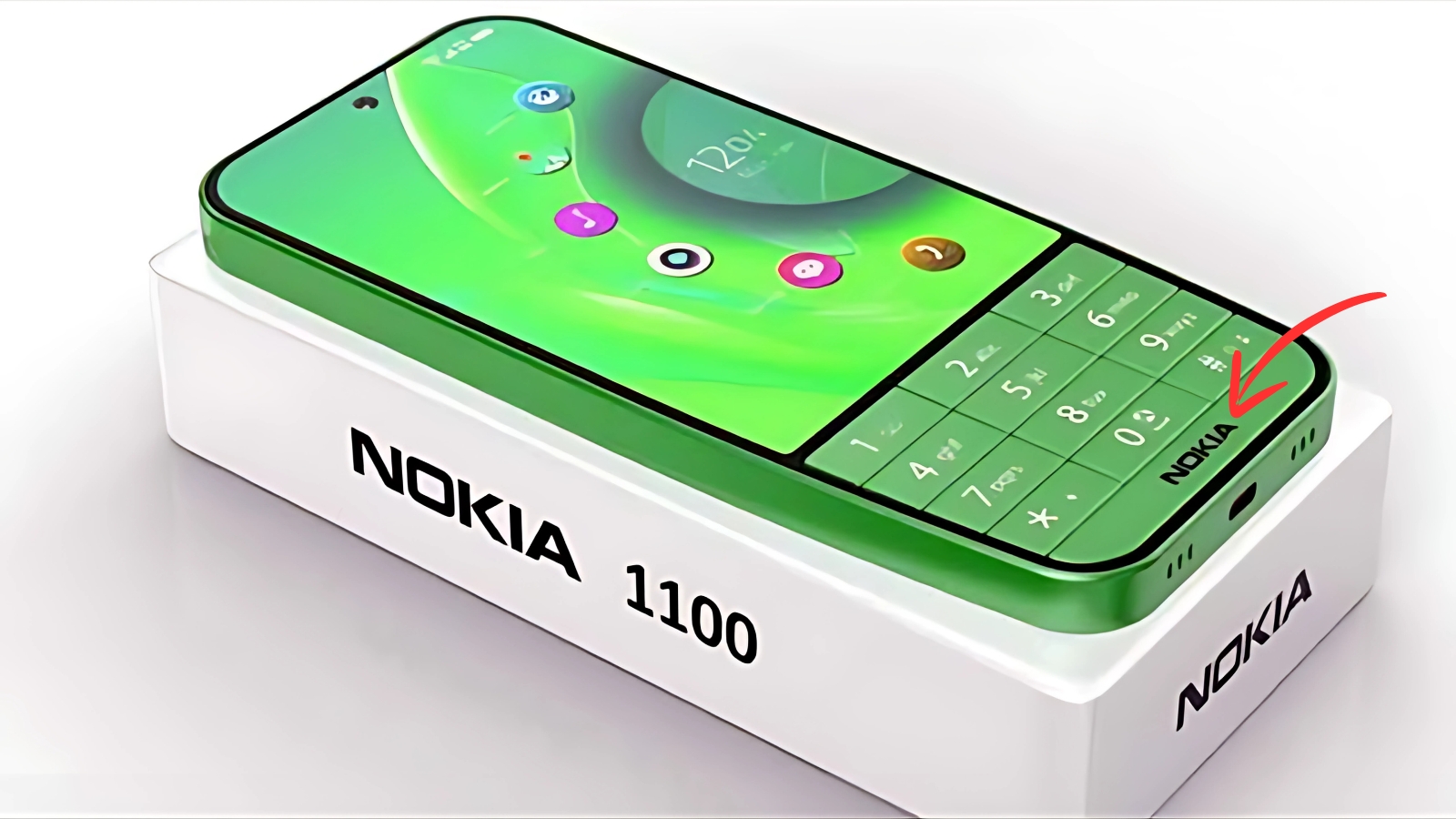Nokia 1100 : In an era where smartphones dominate conversations about mobile technology, it’s easy to forget the devices that truly revolutionized communication for billions of people worldwide. The Nokia 1100, launched in 2003, stands as perhaps the most significant mobile phone in history, not for its advanced features or cutting-edge technology, but for its remarkable ability to bring mobile communication to the masses. This seemingly simple device would go on to become the best-selling mobile phone of all time, with over 250 million units sold globally.
Design Simplicity That Conquered the World
The Nokia 1100’s design philosophy centered on absolute practicality rather than aesthetic sophistication. The phone’s monochromatic display and basic keypad reflected an era when mobile phones served one primary purpose: making and receiving calls. The sturdy plastic construction could withstand drops, impacts, and environmental conditions that would destroy modern smartphones, earning it legendary status among users who valued reliability above all else.
The device’s compact dimensions made it incredibly portable, easily fitting into shirt pockets or small bags without the bulk that characterized many early mobile phones. The weight distribution felt balanced during extended calls, while the antenna design ensured consistent signal reception even in areas with poor network coverage.
Nokia 1100 Color options remained deliberately limited, with black and blue variants dominating the market. This restricted palette reflected Nokia’s focus on functionality over fashion, appealing to users who prioritized communication capability over personal expression. The simple button layout ensured that people of all ages could operate the device without confusion or extensive learning curves.(Nokia 1100)
The iconic Nokia build quality shone through every aspect of the 1100’s construction. Users regularly reported devices functioning perfectly after years of heavy use, drops from significant heights, and exposure to harsh environmental conditions. This reliability became legendary, spawning countless internet memes and stories about Nokia phones surviving extreme situations.

User Interface That Anyone Could Master
The Nokia 1100’s interface epitomized user-friendly design through deliberate simplification. The monochrome display showed essential information clearly without unnecessary complications or confusing graphics. Menu navigation followed logical patterns that users could memorize quickly, making the phone accessible to people with varying levels of technological literacy.
The physical keypad provided tactile feedback that modern touchscreens cannot replicate. Each button press registered with satisfying clicks that confirmed user input, reducing errors and increasing confidence during operation. The T9 predictive text system, while basic by today’s standards, revolutionized text messaging for millions of users who had never experienced anything similar.
Battery life performance became one of the device’s most celebrated features. A single charge could power the phone for days or even weeks, depending on usage patterns. This extraordinary endurance eliminated the anxiety about battery life that plagues modern smartphone users, allowing people to rely on their phones without constant charging concerns.
The flashlight feature, accessed through a simple button combination, proved incredibly practical for users in regions with unreliable electricity. This seemingly minor addition demonstrated Nokia’s understanding of global market needs, particularly in developing countries where the 1100 found its largest audience.
Communication Excellence That Connected Billions
Call quality on the Nokia 1100 set standards that many modern devices struggle to match. The earpiece delivered clear audio even in noisy environments, while the microphone captured voice accurately without the digital processing artifacts that sometimes affect contemporary phones. The analog-digital conversion technology, though basic, prioritized voice clarity over data compression efficiency.
Text messaging functionality, while limited to 160 characters per message, enabled efficient communication that fostered the growth of SMS culture worldwide. The predictive text system learned user patterns, making message composition faster and more intuitive over time. This feature played a crucial role in establishing text messaging as a primary communication method across multiple generations.
Network compatibility encompassed the GSM bands prevalent during the early 2000s, ensuring the phone worked reliably across different countries and carriers. The antenna design and radio frequency management provided consistent connectivity even in areas where modern smartphones might struggle with signal reception.
The phonebook capacity, though limited by today’s standards, proved adequate for most users’ needs. Contact management remained straightforward, with simple storage and retrieval functions that eliminated the complexity associated with modern contact management systems.(Nokia 1100)
Samsung Galaxy A55 5G – Advanced tec features launch with beautiful look
Nokia 1100 : Cultural Impact That Transcended Technology
The Nokia 1100’s influence extended far beyond its technical specifications, becoming a cultural phenomenon that bridged economic and social divides. In developing countries, this phone often represented families’ first access to mobile communication, connecting rural communities to the broader world in unprecedented ways.
The device’s affordability democratized mobile communication, making it accessible to billions of people who had never owned phones before. This accessibility fostered economic opportunities, enabling small businesses, farmers, and entrepreneurs to coordinate activities and reach customers more effectively than ever possible.
The Nokia 1100 succeeded because it understood that revolutionary technology doesn’t always require revolutionary complexity. Sometimes, the most profound impact comes from making essential capabilities accessible to everyone, regardless of their technical expertise or economic circumstances. This simple phone changed how humanity communicates, proving that thoughtful engineering focused on fundamental needs can create lasting global transformation.
